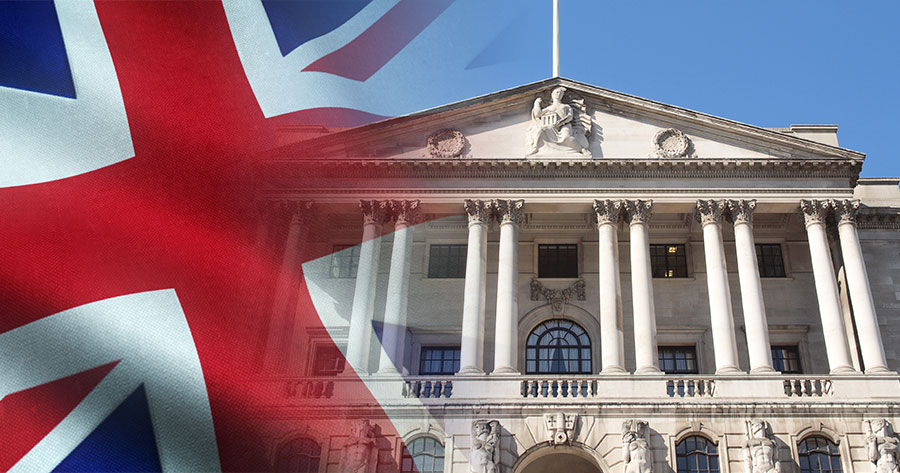The Bank of England opted to lower its benchmark interest rate on Thursday, but revealed deep divisions among policymakers over the path forward, suggesting that further reductions in borrowing costs may not be imminent.
In a rare occurrence, the Monetary Policy Committee (MPC) required two separate rounds of voting—a first since the committee was established in 1997—to settle on a decision. Four of the nine members preferred to keep the rate unchanged, citing persistent inflation risks, while the remaining five—including Governor Andrew Bailey—supported cutting the Bank Rate to 4% from 4.25%.
The deadlock in the initial round saw external MPC member Alan Taylor lean towards a more aggressive, half-point cut before ultimately swinging his support behind the quarter-point reduction. Among those resisting the move was Deputy Governor Clare Lombardelli, who broke ranks with the majority for the first time, and Chief Economist Huw Pill, both voicing concerns that inflation, which the BoE projects will soon hit twice the central bank’s 2% target, could become entrenched.
Market reaction was swift, with investors re-evaluating the outlook for future reductions. According to LSEG data, traders are now pricing in just one more cut, to 3.75%, by February next year—scaling back expectations of a more aggressive easing cycle.
The vote underscores policymakers’ growing anxiety about balancing the fight against inflation amid signs of rising unemployment, fueling speculation that the window for further monetary easing may be closing.



